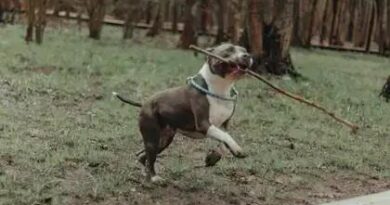What is dachshund
What is a Dachshund?
The Dachshund, often affectionately referred to as the “wiener dog,” is a unique breed known for its long body and short legs. This distinctive appearance is not just for show; it was originally bred to hunt burrowing animals like badgers, which required a dog that could dig and maneuver through tight spaces. The Dachshund’s elongated shape and keen sense of smell made it an excellent choice for this purpose, and today, they are cherished companions and family pets.
History of the Dachshund
The history of the Dachshund dates back to Germany in the 15th century, where they were developed for their hunting abilities. The name “Dachshund” translates to “badger dog” in German, highlighting their original purpose. Over the years, the breed has evolved, and while they still retain their hunting instincts, they have also become popular as loving family pets. Their playful and curious nature makes them a favorite among dog lovers worldwide.
Physical Characteristics
Dachshunds come in three coat types: smooth, long-haired, and wire-haired. Each type has its own unique texture and grooming needs. They typically weigh between 16 to 32 pounds, depending on whether they are standard or miniature. Their distinctive features include a long snout, deep chest, and a tail that is often held high, reflecting their confident demeanor. The breed also exhibits a variety of colors and patterns, including solid, dappled, and brindle.
Temperament and Personality
Dachshunds are known for their spirited and lively personalities. They are often described as courageous, curious, and sometimes a bit stubborn. This breed is highly affectionate and forms strong bonds with their families, making them excellent companions. However, their independent nature can lead to challenges in training, so consistent and positive reinforcement methods are essential for effective obedience training.
Exercise and Activity Needs
<pDespite their small size, Dachshunds require regular exercise to maintain a healthy weight and prevent behavioral issues. Daily walks, playtime, and mental stimulation are crucial for keeping them happy and healthy. They enjoy games that engage their hunting instincts, such as fetch or hide-and-seek. However, due to their long backs, it's important to avoid excessive jumping or strenuous activities that could lead to spinal injuries.
Health Considerations
Like all breeds, Dachshunds are prone to certain health issues. One of the most common concerns is intervertebral disc disease (IVDD), which affects their spinal health due to their elongated bodies. Regular veterinary check-ups, a balanced diet, and maintaining a healthy weight are essential to mitigate these risks. Additionally, Dachshunds can be prone to obesity, so monitoring their diet and exercise is crucial for their overall well-being.
Grooming Requirements
The grooming needs of a Dachshund vary depending on their coat type. Smooth Dachshunds require minimal grooming, while long-haired Dachshunds need regular brushing to prevent matting. Wire-haired Dachshunds benefit from occasional hand-stripping to maintain their coat’s texture. Regardless of coat type, regular nail trimming and dental care are important aspects of their grooming routine to ensure their health and comfort.
Living Arrangements
Dachshunds adapt well to various living situations, including apartments and houses. They are relatively low-energy indoors but still need daily exercise. Their small size makes them suitable for smaller living spaces, but they thrive in environments where they can interact with their families. Socialization is key, as Dachshunds can be wary of strangers and other animals if not properly introduced.
Training and Socialization
Training a Dachshund requires patience and consistency. Early socialization is crucial to help them develop into well-rounded adults. Positive reinforcement techniques work best with this breed, as they respond well to praise and treats. Basic obedience training, along with exposure to various environments, people, and other pets, will help prevent behavioral issues and ensure a happy, well-adjusted dog.



